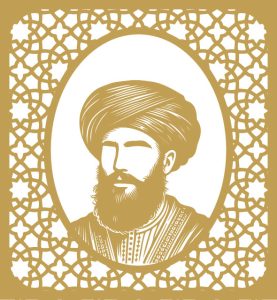Saadian (1549–1659)
The Saadian Dynasty A New Era of Strength
The Saadian Dynasty (1549–1659) rose to power after the Wattasids, bringing military strength and unifying Morocco. They expanded territory, repelled foreign invasions, and boosted trade. Their rule saw architectural and cultural advancements, including the stunning Saadian Tombs. Though their reign ended in the 17th century, their legacy in defense, governance, and the arts remains a vital part of Morocco’s history.
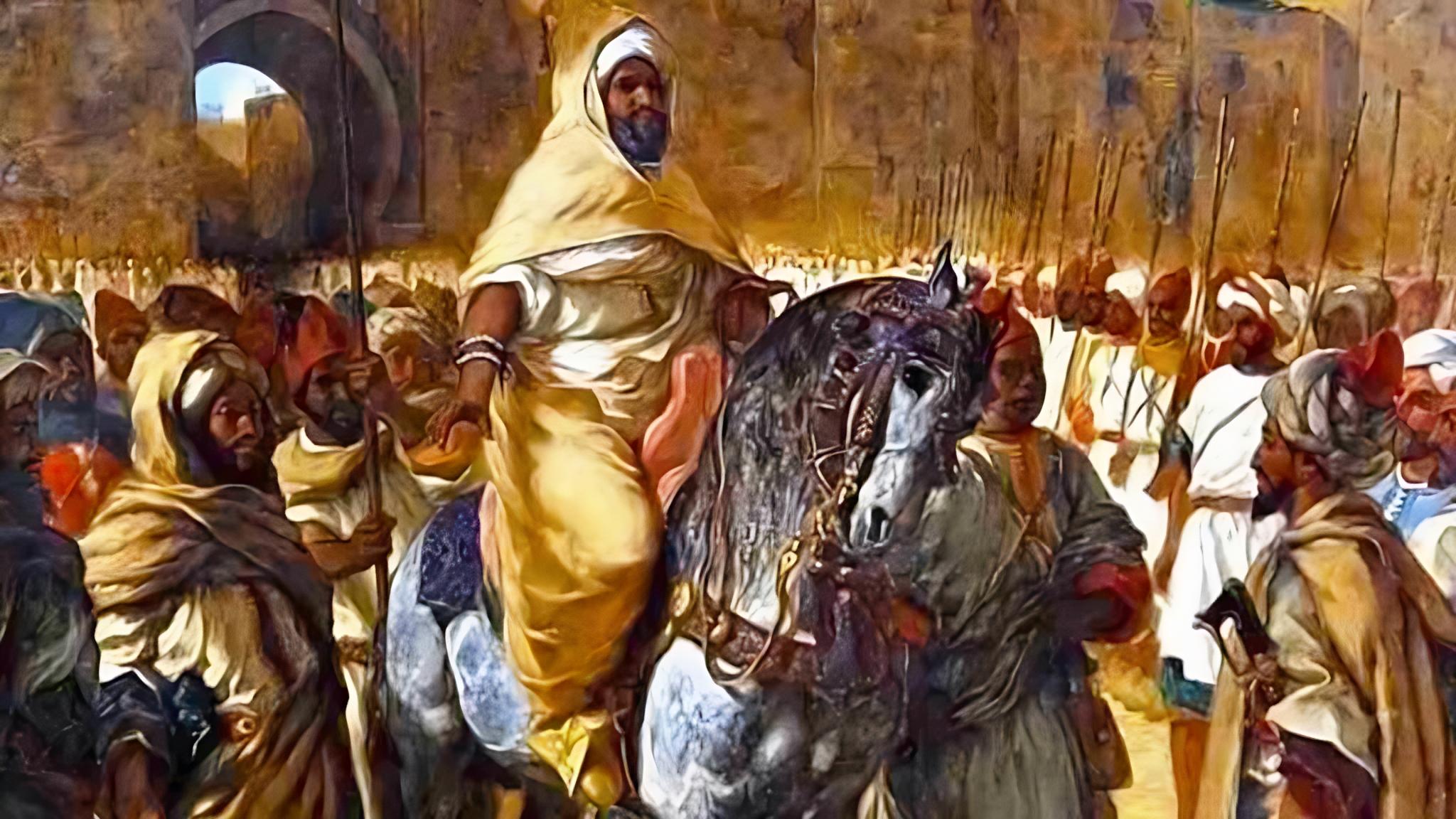
The Rise of Saadian Power
Mohammed ash-Sheikh
Mohammed ash-Sheikh, the first Saadian Sultan, led the charge in overthrowing the Wattasids and unifying Morocco under his rule in 1549. With strong military leadership, he expelled foreign forces and secured Moroccan independence. His reign focused on strengthening the state, expanding trade, and reinforcing Islamic rule. His efforts laid the foundation for a dynasty that would leave a lasting mark on Morocco’s history.
The Last Saadian Sultan
Ahmad al-Abbas
Ahmad al-Abbas was the final Saadian Sultan, ruling during the dynasty’s decline in 1659. His reign was marked by internal conflicts and the weakening of central power. As rival factions and instability grew, the Saadian rule came to an end, making way for the Alaouite Dynasty. Though his rule was short-lived, the Saadians left behind a legacy of military strength, architectural brilliance, and national unity.

Rulers of the Saadian Dynasty Strengthening a Kingdom
The Saadian Dynasty reinforced Morocco’s sovereignty through military strength, governance, and culture. From Mohammed ash-Sheikh’s conquests to Ahmad al-Mansur’s golden age, their rule expanded trade, fortified cities, and shaped Morocco’s independence.

Muhammad al-Shaykh
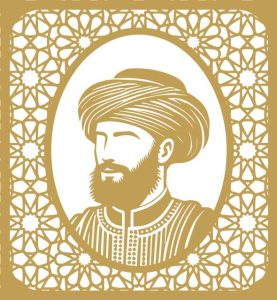
Abdallah al-Ghalib
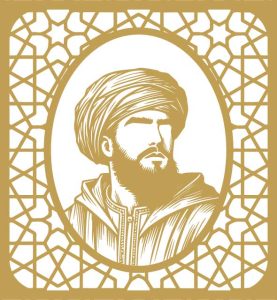
Abu Abdallah Mohammed II
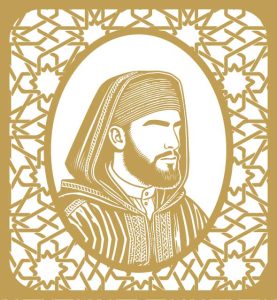
Abu Marwan Abd al-Malik I
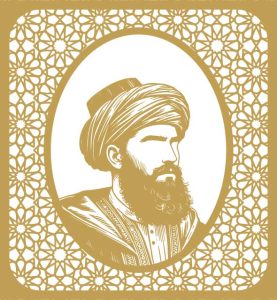
Ahmad al-Mansur
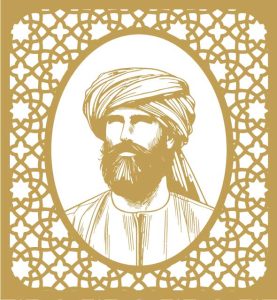
Zidan Abu Maali
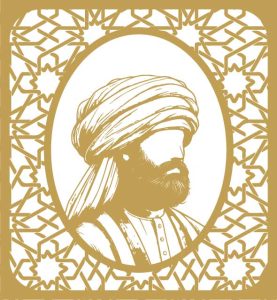
Abu Marwan Abd al-Malik II
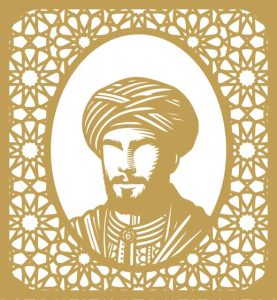
Al Walid ibn Zidan

Mohammed esh-Sheikh es-Seghir
